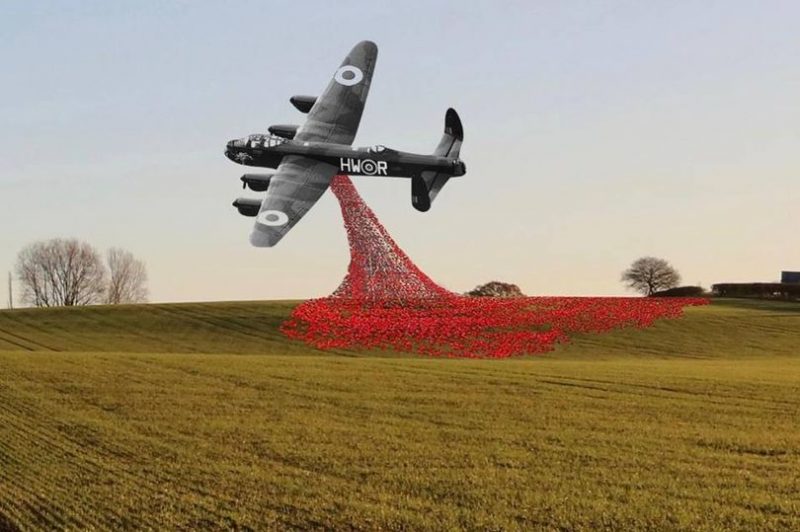Thousands of people driving the A46 road in Lincolnshire, England, will one day be able to catch a glimpse of a Lancaster Bomber, one of the planes the Royal Air Force (RAF) used in World War II.
A campaign is underway to raise funds to get the life-sized model “off the ground,” so to speak. Project organizers hope it will remind folks of Britain’s remarkable aviation history and encourage them to take pride in the RAF’s role in defeating the Germans during the war.
Once complete, the sculpture will be seen by as many as 34,000 motorists each day.
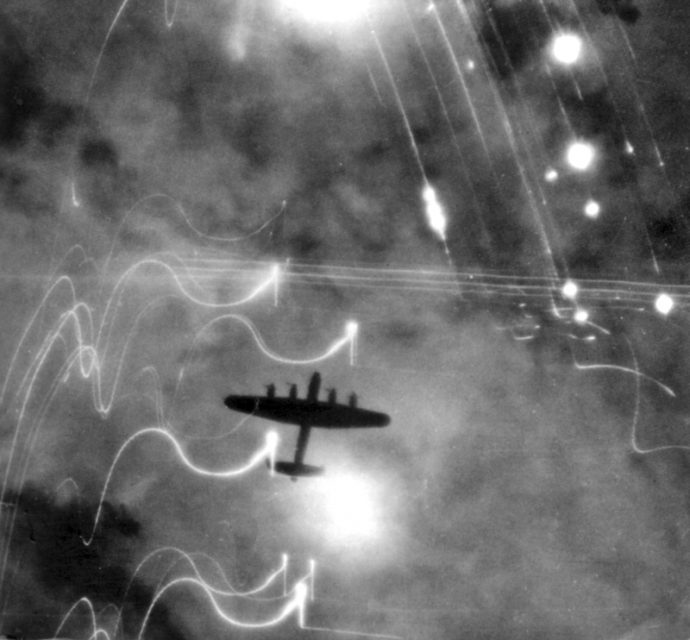
One of the project’s key organizers, Ken Sadler, told the online publication the Nottingham Post recently, “This area was so significant in the RAF’s history and it seems everyone feels it’s high time that the link between the county and the RAF is properly recognized.”
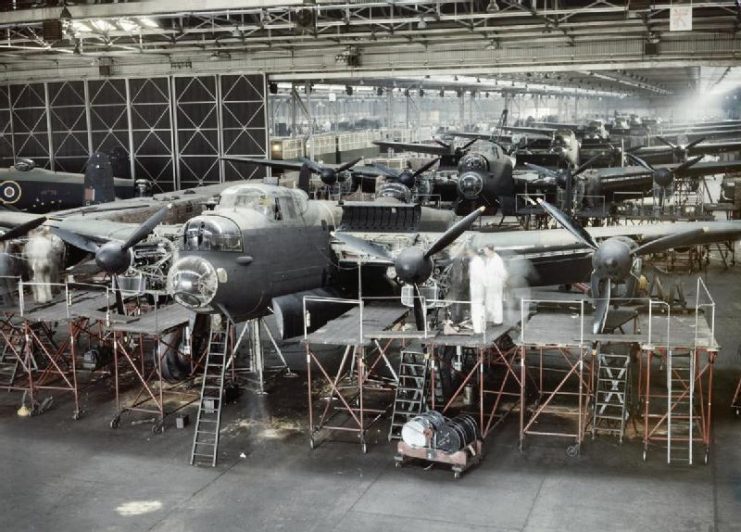
How the plane model is positioned will play a key role in its visibility, Sadler continued. “[In] such a prominent, elevated position, it will be seen by so many people on a daily basis, hopefully evoking pride and respect of our aviation heritage.”
https://youtu.be/N7OaXEq1V2s
Currently, ground has been broken at the site, but there is much work that remains to be done before the model bomber is complete. Though individuals and local businesses have contributed funds to the project, more needs to be raised.
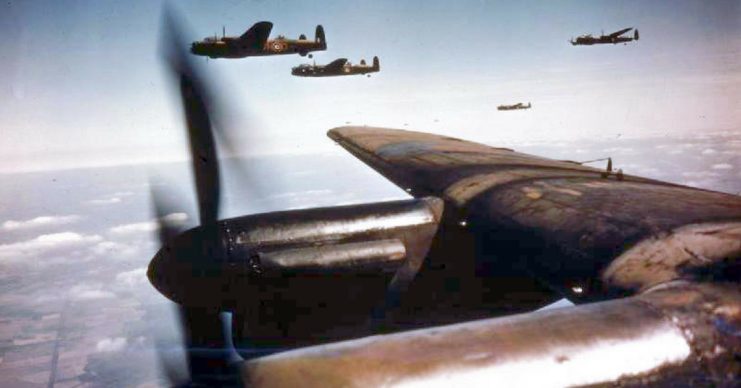
“We still need a considerable amount of money to complete the project,” Sadler conceded, “and until we have raised those funds, work cannot progress. We are looking for both monetary donations and engineering partners.”
The steel sculpture is expected to look as though it is in mid-flight, cleverly suspended above the ground.
One remarkable individual who is wholeheartedly behind the project is veteran airman George “Johnny” Johnson. He was part of a Lancaster Bomber’s crew during the war.
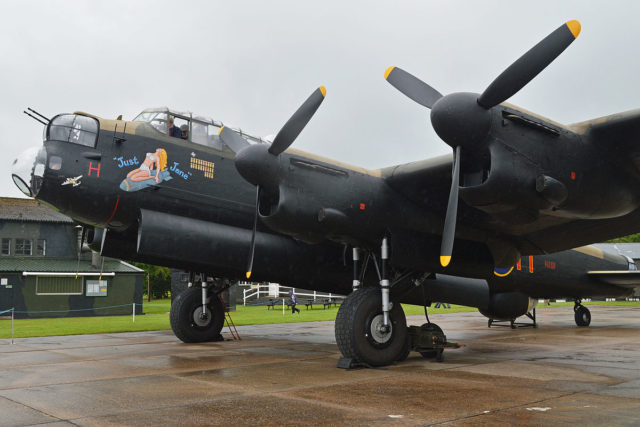
He signed up with the RAF in 1940 and told the Post that, “The Lancaster Bomber was, in my opinion, the finest bomber of World War II. This sculpture will be recognized as a symbol of sacrifice made by nearly 58,000 men and women who served with Bomber Command.
It will represent the pivotal role which the county of Lincolnshire played in the Second World War. I hope it means as much to the people of Lincolnshire and Nottinghamshire as it does to me.”
Apparently, it does, because the local council has committed money to the project. One counselor noted that it is bound to become “an iconic landmark” that will help everyone realize and remember the crucial role the RAF played in helping Great Britain defeat Germany.
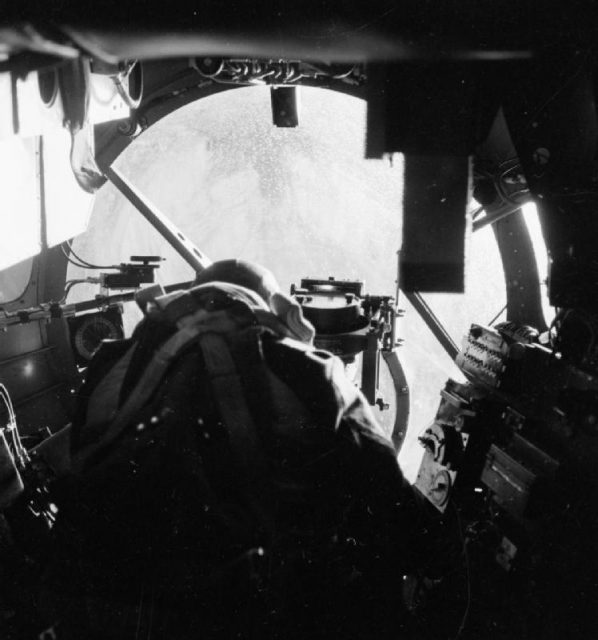
But at least £150,000 GBP are still needed to see the sculpture come to fruition, even after the donations made by citizens, councils, and businesses.
Yet Sadler remains confident that the project will be finished by November or December of this year. “This will, hopefully, be a very special landmark, with nothing else like it in the East Midlands” region of England.
It will eventually be built right on the Nottinghamshire/Lincolnshire border, and there is no more fitting spot for it. Lincolnshire had numerous airfields during the war and earned the nickname “Bomber County.”
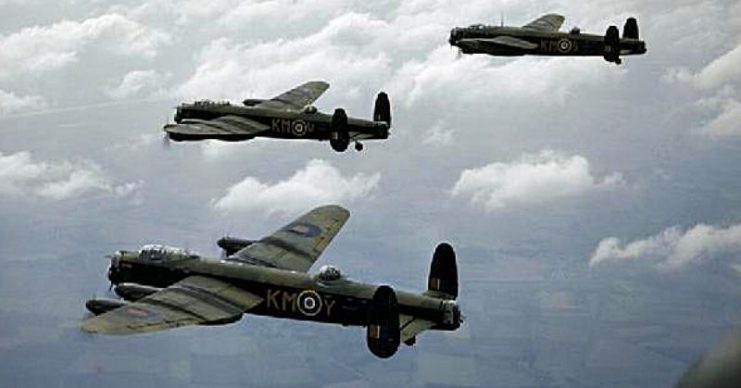
The sculpture is primarily meant to herald the RAF’s links to the area, but it will also serve as a tribute, of sorts. A Lancaster Bomber went down close to the site’s location in 1942, after returning from a wartime mission in the Baltic Sea. Seven airmen died.
Read another story from us: A Fascinating Look at the Men & Machines of RAF Bomber Command
The project is one more in a long list of tributes, memorials, and plaques designed primarily by citizens, but endorsed by local governments, in recognition of the huge efforts of the RAF to win in the protracted battle with Nazi Germany.
The country spent six years at war, but with the help of the RAF, saw its enemy resoundingly defeated.
